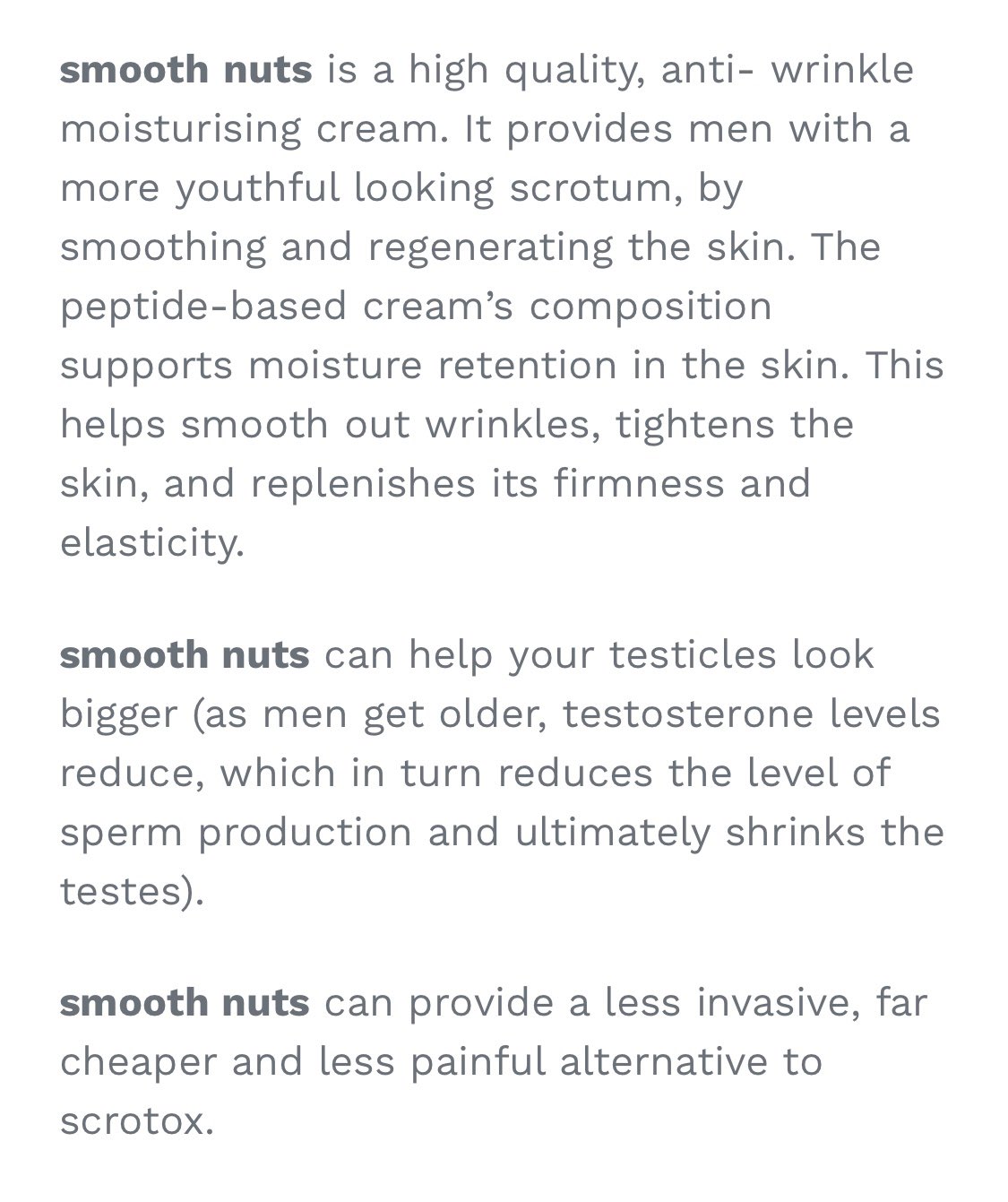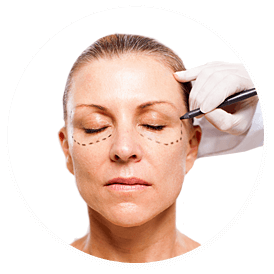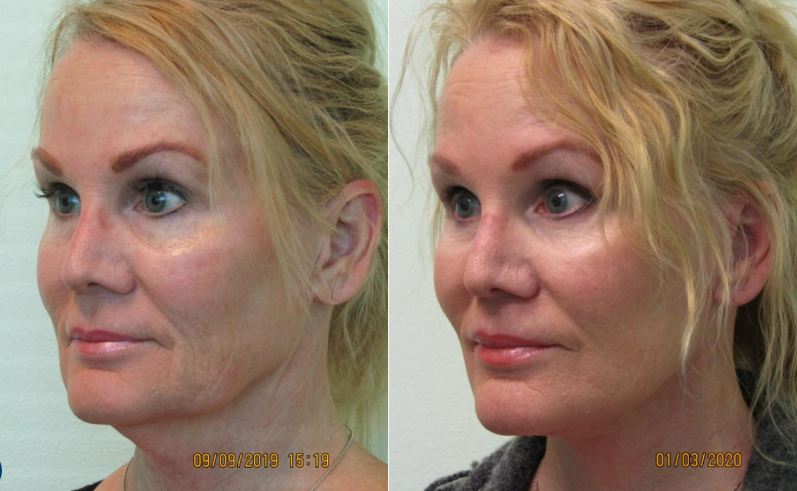
Revisions of previous nose jobs are necessary after a primary nasal job. Sometimes patients are unhappy with their initial results and want to make adjustments to their nose. Another common reason for a revision is a breathing difficulty, which might have occurred due to an accident or small obstruction during the primary surgery. The results of a revision will depend on the patient's health and cosmetic preferences. Consider these factors before scheduling a revision on a previously done nose job.
Rhinoplasty
Rhinoplasty can be described as a cosmetic surgery procedure that alters or reconstructs the nose. Although there are many types and styles of rhinoplasty available, many people refer primarily to it as "a nose job". Revision rhinoplasty can be performed on adults and children, but it is most commonly performed on adults. Rhinoplasty is an excellent choice if you have problems breathing or are unhappy with the appearance of your nose.

Excision of the nasal hump
Nasal hump extraction is used to remove nasal hump and make straight nose. The hump is made up of cartilage and bone that extends above the scalloped gray line. The surgeon cuts the cartilage portion of the hump with a Jie Pou Dao. The surgeon uses an osteotome to remove the bulk of the nasal hump. To sculpt the bone flap, and the cartilage below, bone-scraping rasps can be used.
Paramedian forehead flip
Paramedian forehead flap is a type and interpolated flap which can be used in facial reconstructive surgery to correct large defects. This type nose job is often used for large deformities, such as the Cleft Lip and Cleft Palate. This procedure is ideal for patients who smoke, or have other medical conditions that can prevent the donor site from healing. Although there will be a scarring at the donor area, this procedure is much less invasive than other types.
Cost of rhinoplasty
While the price of rhinoplasty can be very affordable, it can still be very costly if you opt for a high-profile surgeon. A surgeon with a high profile reputation will charge more for the procedure that a surgeon without one. To avoid this, you should research the credentials of a surgeon and read patient reviews. Although the surgeon's experience and qualifications will determine the cost of rhinoplasty, there are other factors to consider.

Recovery time after Rhinoplasty
The extent of work needed, the extent of the procedure and the patient’s health all affect the recovery time. The average person will experience pain and swelling in the affected area for between two to six weeks after surgery. Patients can return to work in three days. After the swelling has subsided, patients may be able to resume their normal activities. The pain following rhinoplasty can last from one to three month, but in certain cases it can last upto a year.